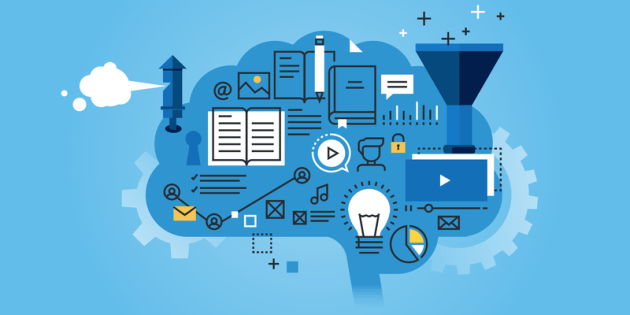 We have already passed the era of gigabytes when it comes to data. World is talking about terabytes of unstructured data and massive amounts of data points generated from IoT devices and sensors in millions per a second. To analyze these heaps of data, obviously, we need large computation power and massive storage. Building workhorse machines to fulfil those tremendous workloads would definitely cost a lot. Cloud computing paradigm comes handy here. The resourcefulness and the scalability of the public cloud can be used to perform the large calculations in machine learning algorithms.
We have already passed the era of gigabytes when it comes to data. World is talking about terabytes of unstructured data and massive amounts of data points generated from IoT devices and sensors in millions per a second. To analyze these heaps of data, obviously, we need large computation power and massive storage. Building workhorse machines to fulfil those tremendous workloads would definitely cost a lot. Cloud computing paradigm comes handy here. The resourcefulness and the scalability of the public cloud can be used to perform the large calculations in machine learning algorithms.
Almost all the major public cloud providers in the market comes up with machine learning services. Cloud machine learning services in Google Cloud Platform provides modern machine learning services, with pre-trained models and a service to generate your own tailored models. Amazon Machine Learning is a service that makes it easy for developers of all skill levels to use machine learning technology. IBM analytics comes up with a machine learning platform with its cloud data services. Azure Machine Learning Studio is a GUI-based integrated development environment for constructing and operationalizing Machine Learning workflow on Azure. We discussed a lot about Azure Machine Learning and its appliances in practical scenarios in the previous posts.
All the mentioned platforms provide machine learning as a service. Most of the platforms offer pre-built ML algorithms in packages. Simple drag and drop user interactions and easy deployment has attracted many developers to use these tools.
But, how would it be if you want to go from the scratch? Either you want to use the power of Graphical Processing Units (GPUs) to process the ML algorithms parallelly? Cloud based Virtual Machines specifically optimized for computation is one of the best solutions that you can consume.
Azure Data Science Virtual Machine (DSVM) –

DSVM in Azure Portal
If you already have used Azure virtual machines for your computation, hosting or storage tasks, this would not be a new concept for you. Azure DSVM is specifically optimized for large computations. Azure DSVM comes in two flavors. One with Windows and the other with Linux. You can choose the hardware configurations as you wish. Many development environments, programming IDEs, languages are pre-installed in the VM instances.
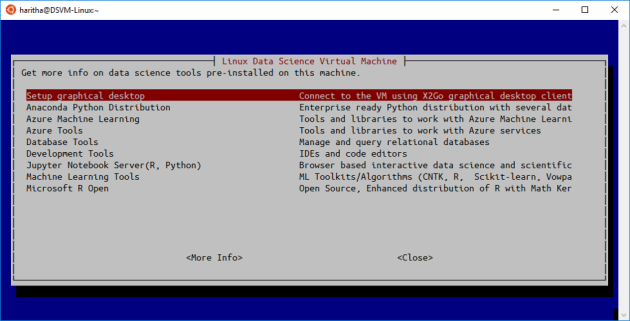 My personal favorite here is the Linux DSVM instance. Here I’ve created a Linux DSVM with the basic configurations. For accessing the VM you can use any tool that can do a SSH call. What I normally do is calling the accessing the VM using Ubuntu Bash on Windows 10.
My personal favorite here is the Linux DSVM instance. Here I’ve created a Linux DSVM with the basic configurations. For accessing the VM you can use any tool that can do a SSH call. What I normally do is calling the accessing the VM using Ubuntu Bash on Windows 10.
GPUs for machine learning –
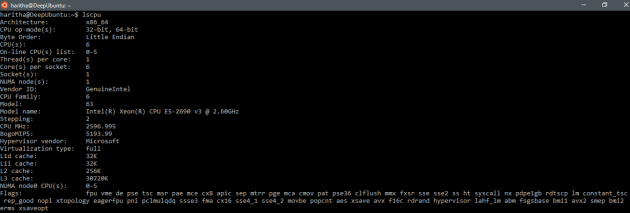
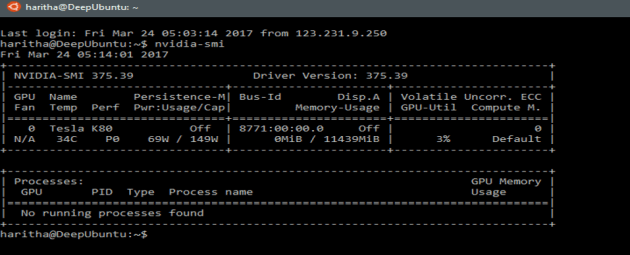
Configurations of the Linux VM with Nvidia GPU
Many machine learning algorithms currently available can be executed parallely. Execution parts of those algorithms are embarrassingly parallel. With that parallel programming, you can reduce the execution time of the algorithms drastically. Data scientists in both industry and academia have been using GPUs for machine learning to make groundbreaking improvements across a variety of applications including image classification, video analytics, speech recognition and natural language processing.
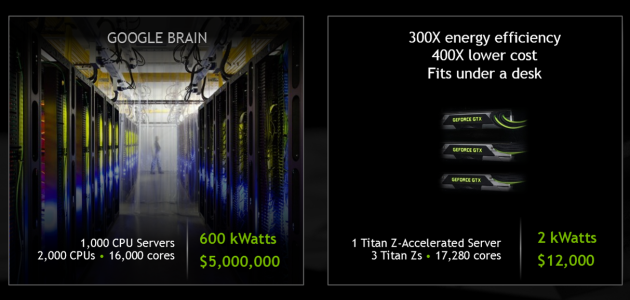
GPUs Vs. CPU computing
Specially in Deep Learning, parallel processing using GPUs can make a drastic decrease in computation time. Purchasing a deep learning dream machine powered with a CUDA enabled high-end GPU such as Nvidia Tesla K80 would cost nearly 6000 dollars! Rather than spending a lot on a machine like that, the most feasible plan is to provision a virtual machine with the specifications we need and pay as we consume.
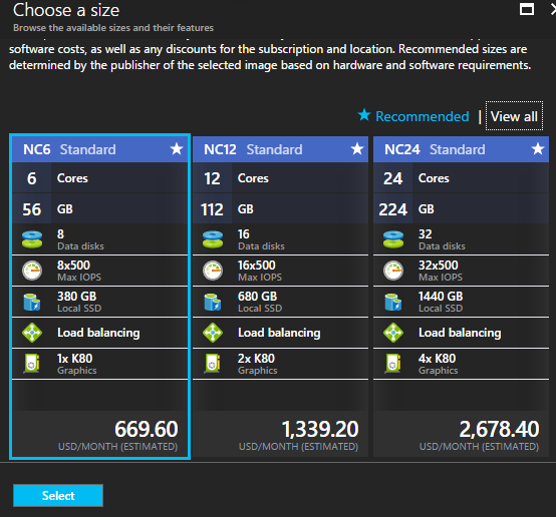
VM instance price plans
The N-series is a family of Azure Virtual Machines with GPU capabilities that you can use for these kinds of tasks. The N-series will feature the NVIDIA Tesla accelerated platform as well as NVIDIA GRID 2.0 technology, providing the highest-end graphics support available in the cloud today. Through your Azure portal, you can choose a desired price plan with the desired configurations for your tasks when provisioning the VM.
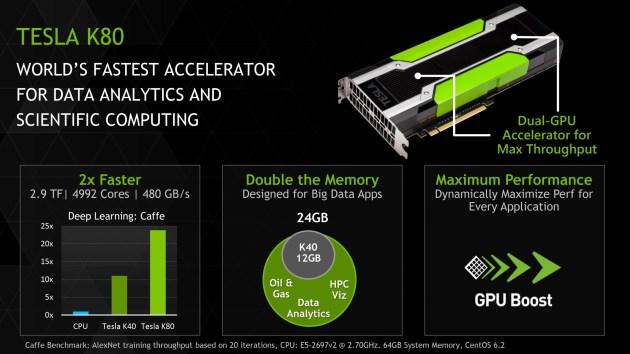 Here’s my Azure VM specifically configured for deep learning exercises. The machine is powered with Tesla K80 GPU which is having 4992 cores in it!! I installed anaconda for that and doing computations using Jupyter notebooks.
Here’s my Azure VM specifically configured for deep learning exercises. The machine is powered with Tesla K80 GPU which is having 4992 cores in it!! I installed anaconda for that and doing computations using Jupyter notebooks.
Just a hint: stop your VM instance when you are not using it for computation to avoid getting huge unnecessary bills. 😉
No need of huge wallets! The wise decision would be applying cloud technologies for machine learning.
Pingback: Configuring a Windows Running Deep Learning Rig | NaadiSpeaks
Pingback: Transfer Learning in ConvNets – Part 2 | NaadiSpeaks
Pingback: GPU Accelerated Application Deployment with NVIDIA-Docker | NaadiSpeaks